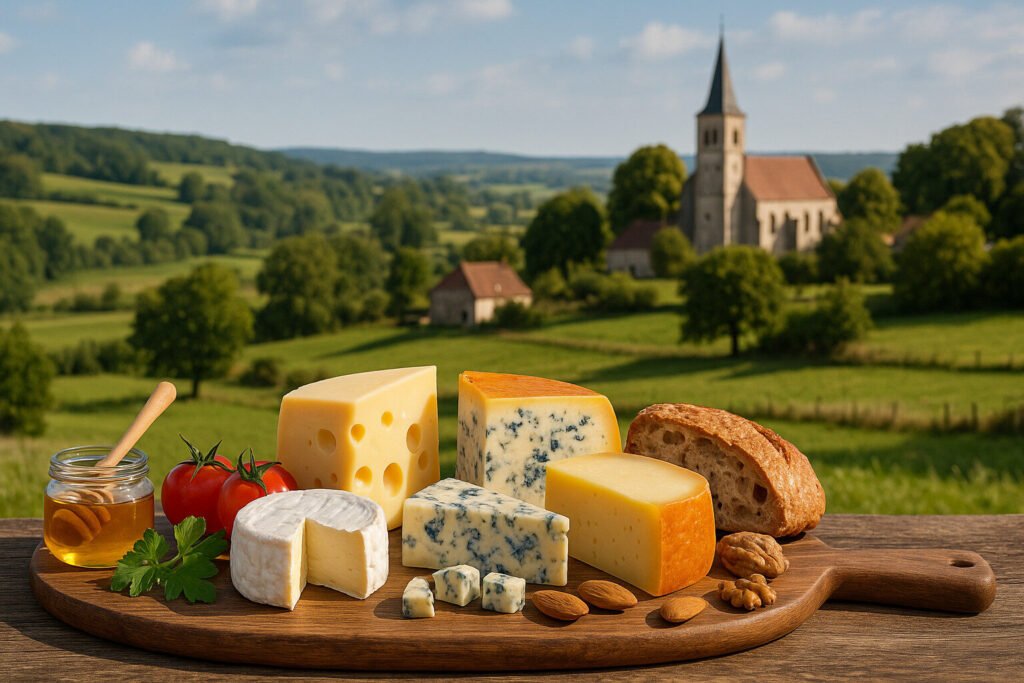Cheese Of Western Europe
Definition and Scope
Western European cheese refers to dairy products originating from countries west of the Rhine and Alps. This category includes France, Italy, Spain, Switzerland, the Netherlands, and the United Kingdom. It encompasses hundreds of varieties defined by local traditions, legal protections, and milk types.
These cheeses are often classified by texture, aging time, and production methods. Protected Designation of Origin labels legally safeguard many regional specialties. The scope ranges from fresh, moist cheeses to hard, aged varieties with complex flavors.
Production Techniques
Traditional Western European cheesemaking relies on specific bacterial cultures and rennet for coagulation. Many varieties undergo pressing, salting, and extended aging in controlled environments. Artisanal producers maintain techniques passed through generations for consistent results.
Different regions employ distinct methods like washed-rind treatments or mold inoculation. Alpine cheeses use copper vats while Mediterranean varieties often utilize sheep or goat milk. These technical choices create characteristic textures and preservation qualities.
Sensory Profile
Western European cheeses display remarkable diversity in aroma, flavor, and mouthfeel. French Brie offers earthy mushroom notes with creamy texture, while Italian Parmigiano-Reggiano provides crystalline crunch and umami richness. Spanish Manchego delivers firm texture and buttery, sheep milk sweetness.
Dutch Gouda presents caramel-like sweetness with elastic texture, contrasting with Swiss Emmentaler’s nutty flavor and eye formation. British Cheddar ranges from mild and creamy to sharp and crystalline. These profiles result from specific aging conditions and microbial activity.
Culinary Applications
Western European cheeses serve both table and cooking purposes across global cuisines. Melting cheeses like Gruyère and Fontina are essential for fondues and gratins. Hard, grated varieties including Pecorino Romano season pasta dishes and salads.
Soft cheeses such as Camembert and Brie feature on cheese boards with fruits and wines. Blue cheeses like Roquefort and Gorgonzola provide pungent accents to sauces and dressings. Many varieties maintain structural integrity when heated while developing richer flavors.
Regional Examples
France produces iconic varieties including Roquefort, Comté, and Camembert de Normandie. Italy contributes Parmigiano-Reggiano, Gorgonzola, and Mozzarella di Bufala Campana. Spain offers distinctive Manchego, Cabrales, and Idiazábal with protected origin status.
The Netherlands exports Edam and Gouda worldwide, while Switzerland maintains Emmentaler and Appenzeller traditions. British territorial cheeses include Cheddar, Stilton, and Double Gloucester. These examples represent just a fraction of Western Europe’s cheese diversity.

